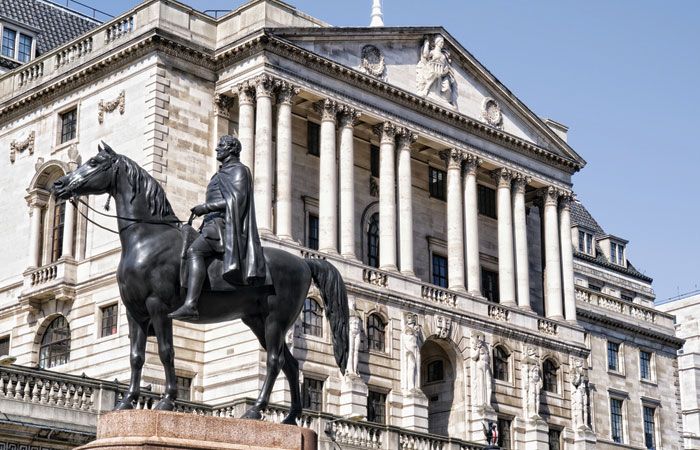
Net mortgage approvals for house purchases, an indicator of future borrowing, decreased for the third consecutive month, with a fall of 800 to 64,300 in March.
By contrast, approvals for remortgaging (which only capture remortgaging with a different lender) increased by 1,000 to 33,400 in March, following a decrease of 700 in February.
This is according to the latest figures from the Bank of England (BoE) which also reveals that net borrowing of mortgage debt by individuals increased sharply by £9.7bn to £13bn in March, following a decrease in net borrowing of £1bn to £3.3bn in February. The annual growth rate for net mortgage lending rose from 1.9% to 2.7% in March, the highest since March 2023 (2.7%).
Gross lending increased significantly to £39.9bn in March, from £24.9bn in February, and was the highest since June 2021 (£42.4bn). Gross repayments also increased in March, to £23.7bn from £19.8bn, the highest level of repayments since October 2022 (£25.9bn).
The ‘effective’ interest rate – the actual interest paid – on newly drawn mortgages decreased by 3 basis points, to 4.50% in March. Similarly, the rate on longer standing mortgages was 3.84% in March, compared with 3.87% in February.
Commenting on the latest figures KPMG global and UK head of financial services Karim Haji said: “Another dip in mortgage approvals underscores the affordability challenges many are facing, particularly against lower-than-expected headline inflation, an unchanged base rate and incentives to rush through mortgage deals ahead of April’s stamp duty increase.
He added: “With such an uncertain economic outlook, lenders will need to be alive to the financial struggles of their customers and be ready to step in to support them both now and in the months ahead.”
SPF Private Clients chief executive Mark Harris said with mortgage approvals falling slightly again in March, it was steady as she goes for the market.
“The effective interest rate paid on new mortgages fell to 4.5% and since then, we have seen lenders continue to trim their mortgage rates. Further reductions from the Bank of England will help improve confidence and affordability, particularly now the stamp duty concession has ended.”
He added: “Remortgaging numbers rose by 1,000 in the month, following a decrease of 700 in February, suggesting that borrowers are shopping around for better deals even if it means the hassle of applying to another lender.”
MT Finance director of specialist lending Tomer Aboody said net borrowing increasing in March but approvals falling, was further evidence of how the housing market reacts to stamp duty changes.
“With the end of the stamp duty holiday looming, many buyers pushed transactions through in March in order to save themselves money. With fewer approvals for house purchases for several consecutive months, we are seeing the effects of constantly hitting would-be buyers can have.”
On the Market president Jason Tebb pointed out that as the rate on newly-drawn mortgages fell in March, along with the rate on outstanding mortgage stock, there were signs that affordability, while remaining a concern for borrowers, was starting to ease.
“Two rate reductions in the second half of last year, followed by one so far this year is helping but mortgage rates are still higher than many have grown used to in recent years.
Further reductions from the Bank of England, perhaps even next week, would provide a welcome shot in the arm for the market, particularly now that the stamp duty concession has ended.”



